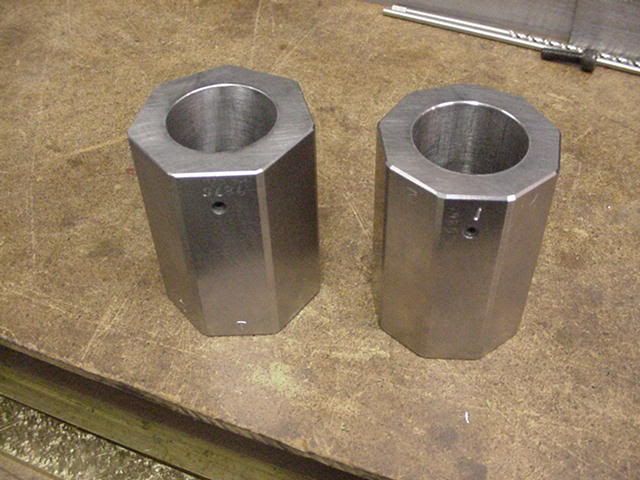George,
I have an old Herbert 9" x 6" surface grinder, and use it a lot.
It really needs to have a mag chuck on it, plus double sided tape for non magnetic materials. I also have a very accurate 2" toolmakers vice and a 1" vertex precision vice for really small stuff.
I use it for grinding lathe tools, perfectly angled and square and perfectly to size, truing up the jaws on my milling vice, regrinding the jaws on my 4 jaw, re-truing all my parallels, making a dozen parts all exactly the same thickness (and to size within 0.0001"), grinding rubber and plastic parts to the same tolerances, grinding mating faces that don't need lapping in, producing surface finish on all metals that is like a mirror, grinding perfect right angles, if you have a radius dresser, you can grind all your own specialist fly cutters, recesses and radii, and the list goes on.
It just gives you the means to get things done out of materials you can't handle any other way, and allows you to make things very accurately without resorting to a lot of hand finishing. It isn't a machine that would be suited to every workshop, but if you have a need of high accuracy and good finish then it is very useful.
But it isn't the sort of machine you can buy and use straight away, they can be very dangerous, like all machines. It has to be set up accurately to produce accurate work, eg. the first thing you do after it has been moved is to face off the mag chuck using the machine itself (I also do this about every six months to remove the blemishes that appear on the soft chuck face after a while), I also reface after I give it a good servicing.
I did a specialist course on them thru a previous employer which was a great help, but if you know anyone who has one, maybe they can run thru what is required with regards to operation and safety.
In my opinion, if it is the right price, you have somewhere not too close to the other machinery (I have a small workshop and the only place I could fit mine in was with the grinding residue flying over my workbench, so I cover my bench with newspaper before I start grinding), and you have the need to do a few of the things I have mentioned above,
then it would be a good acquisition.
Hopes this helps you with your decision
John





